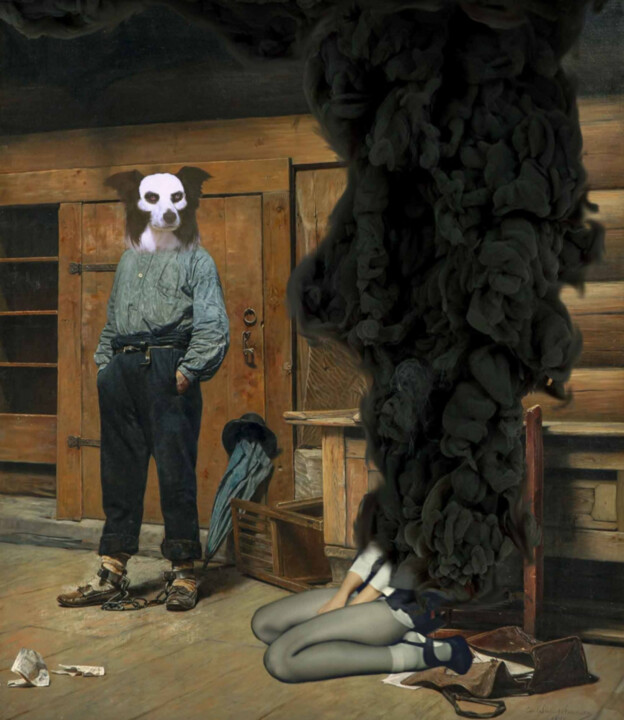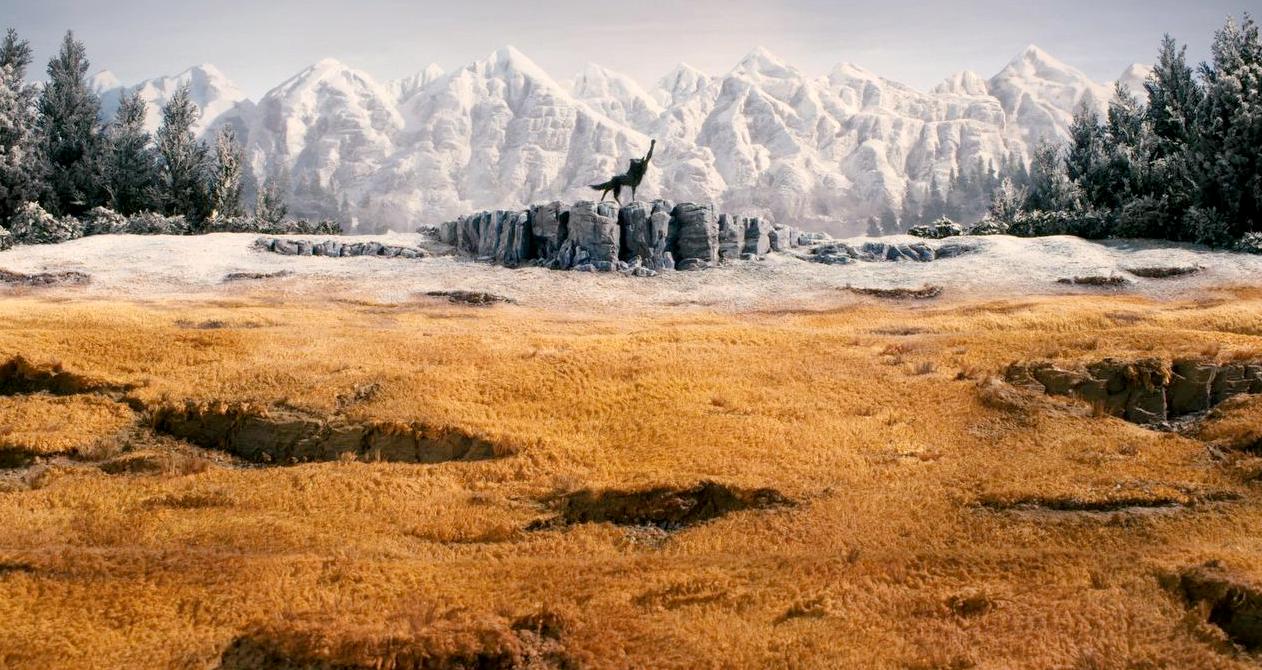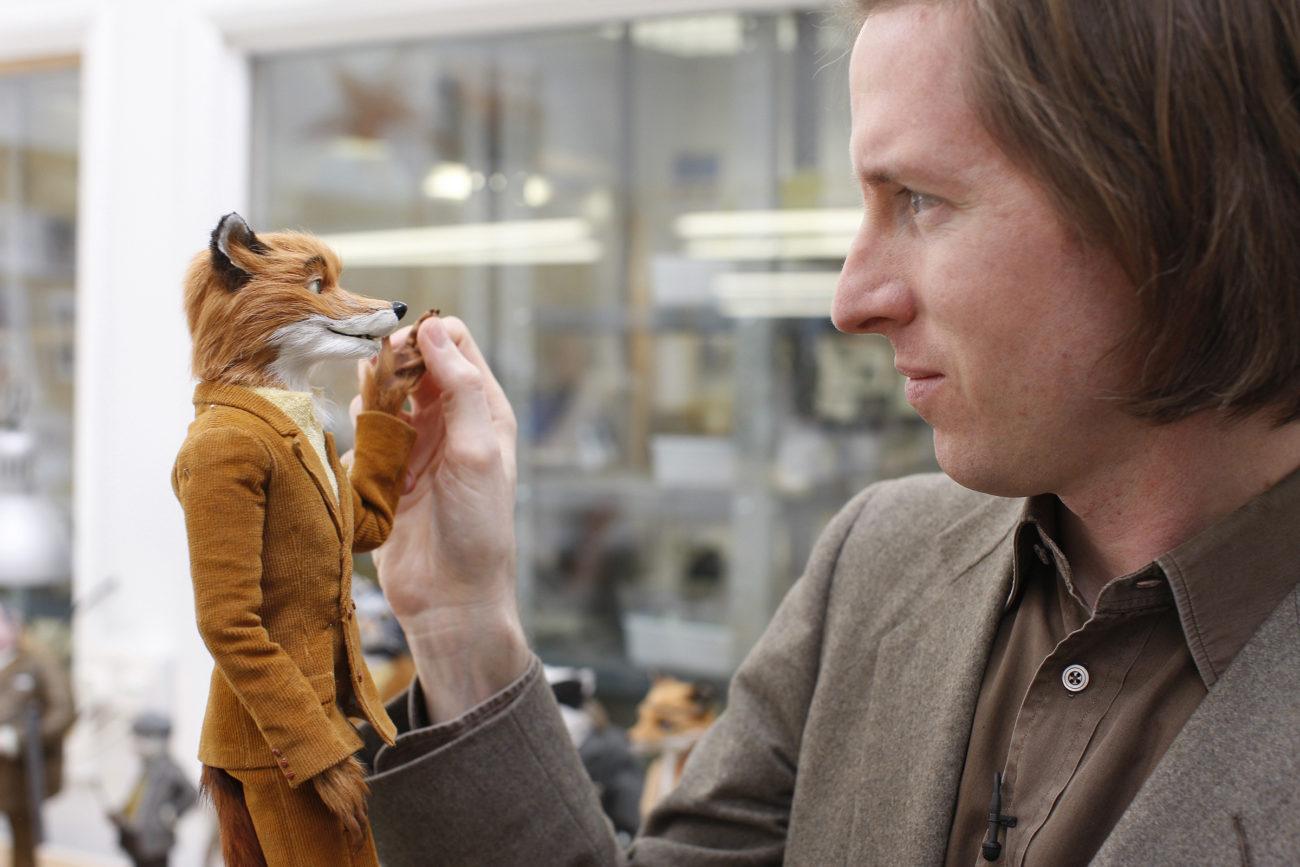Acceptance of Captivity on the Journey to Freedom:

Acceptance of Captivity on the Journey to Freedom:
Fantastic Mr. Fox

“A world between dreams and reality, where ordinary lives become extraordinary adventures… Pushing the boundaries of animation with Wes Anderson’s brilliant touch, ‘Fantastic Mr. Fox’ offers a unique combination of art and humor in every frame.”
Introduction
The story of a master thief who comes out of retirement and embarks on one last heist to save his family and community was brought to the big screen in 2009 with Wes Anderson’s unique vision in “Fantastic Mr. Fox”. Based on Roald Dahl’s classic work of the same name, this film broke new ground in the world of animation with George Clooney’s charismatic voice acting as Mr. Fox and Meryl Streep as the loyal Mrs. Fox. Alexandre Desplat composed the film’s soundtrack, while Bill Murray, Jason Schwartzman, Owen Wilson and other famous names we know from Anderson’s films also took their places in the voice cast. Intertwining comedy and adventure, this stop-motion animation invites viewers into a world full of detail, presenting an unusual blend of human nature and animal behavior.
While the movie deals with the themes of escape from the monotony of daily life and the search for freedom, it also touches on universal themes such as family values, friendship and loyalty, making it both entertaining and thought-provoking for audiences of all ages.
This basic storyline of the film makes it possible to explore Mr. Fox’s journey of personal growth and the depths of his character. Forced to face the consequences of his actions, Mr. Fox is driven by the instinct to protect his family, while also examining his own arrogance and past mistakes.
Mr. Fox’s adventures also deal with the role of the individual in society, his desire for freedom and his struggle to balance his responsibilities. Fox is presented as a character caught between the expectations of society and his personal ambitions, representing the conflict between individual freedom and societal norms, one of the main themes of the film.
Anthropomorphism as a Style of Expression[1]

In Wes Anderson’s “Fantastic Mr. Fox”, the humanization of animal characters is a feature that enriches the film both aesthetically and thematically. Mr. Fox and other characters wear human clothes, speak like humans, and engage in social activities typical of human societies. This humanization makes the interactions between the characters more understandable and appealing. The portrayal of Mr. Fox as a sophisticated and intelligent fox offers viewers the opportunity to smile and identify with the characters.
The human-like behavior of Mr. Fox and other animal characters further emphasizes themes such as freedom, individual identity and family. Their human-like behavior symbolizes the conflict and harmony between human nature and animal instincts. The characters in the film represent different aspects of the human condition. Mr. Fox’s acts of theft refer to the instinctive desires of man and their conflict with the rules of society. While the farm owners in the film represent the cruel and destructive attitude of humans towards nature and other living beings, Mr. Fox and the other animals emerge as symbols of freedom, resistance and solidarity.
Throughout the movie, the characters struggle not only with the outside world but also with their own inner worlds. Mr. Fox’s adventure shows his quest for freedom and willingness to take risks on the one hand, and his responsibilities to his family and community on the other. This inner conflict is at the center of the psychological dimension of the film and offers the viewer a deep insight into the characters’ motivations and emotional states underlying their actions.
Wolf Scene

The “vulpes lupus” scene in the movie “Fantastic Mr. Fox” symbolizes an important moment in the film and increases its emotional depth. “Vulpes lupus” means “wolf” in Latin. In this scene, Mr. Fox and a wolf meet in a snowy landscape. Mr. Fox tries to communicate with the wolf in English, but the wolf does not respond. Mr. Fox then says that it is “Vulpes vulpes” (meaning “fox”) in Latin. The wolf only responds with a hand gesture and then walks away.
This scene represents the limits of communication and understanding between the characters in the movie. It also symbolizes that Mr. Fox belongs to his own species and nature, but is also connected to a different world – the human world. This reflects Mr. Fox’s inner conflict and the character’s search for identity. Anderson used this scene to emphasize the main theme of the film and to symbolize the character’s inner journey.
About Stop-motion Film Technique

“Fantastic Mr. Fox” is a film created using stop-motion animation, a technique that makes the film stand out artistically. Stop-motion is based on the principle of creating the illusion of motion by shooting physical objects frame by frame. Wes Anderson used this technique to bring the characters and locations in the movie to life and rendered each frame like a handmade work of art.
During the making of the film, great attention was paid to details such as the costumes of the characters, set design and props. The expressions and movements of the characters were portrayed through meticulously designed miniature figures. This attention to detail visually enriched the film and offered a unique experience to the audience.
Themes in the Movie
Freedom and the Search for Authentic Identity
At the heart of “Fantastic Mr. Fox” lie the themes of freedom and the search for a unique identity. The film develops when the character Mr. Fox breaks away from a safe but monotonous life and starts stealing again in search of adventure and excitement. This can be interpreted as an individual’s search for freedom and an attempt to express his/her own self.
Family and Community Values
Family and community values are also an important theme in the film. Mr. Fox’s actions affect not only his own family, but the entire animal community. This emphasizes the impact of individual actions and decisions on the community and the responsibilities of individuals within the community.
Human Nature and Environment
“Fantastic Mr. Fox” also deals with human nature and its relationship with the environment. The film deals with the cruelty of ranchers towards nature and animals and the vulnerability of the natural world. This reflects the impact of modern society on nature and the importance of living in harmony with the natural world.
Internal Conflict and Self-Acceptance
The film also shows Mr. Fox’s inner conflicts and his journey of self-acceptance. Challenging his own instincts and past, Mr. Fox eventually accepts himself, remaining true to both his family and his own nature. This plays on the themes of the individual’s self-realization and finding inner peace.
Conclusion
Wes Anderson’s “Fantastic Mr. Fox” holds a unique place in the world of animation. The film is notable for its colorful and detailed world brought to life through stop-motion animation, anthropomorphic characters and rich storytelling. The human-like behavior of the animal characters in the film not only provides aesthetic pleasure, but also deepens the themes of the film – freedom, family, individual identity and community values.
Anderson’s unique vision and artistic approach make “Fantastic Mr. Fox” a delightful and thought-provoking experience not only for children, but for audiences of all ages. The movie takes viewers away from the monotony of everyday life and reminds them of the importance of pursuing adventure and freedom. At the same time, it offers thought-provoking messages about the role of the individual in society and personal responsibilities.
With its technical mastery, visual beauty and depth of storytelling, “Fantastic Mr. Fox” will remain a film that pushes the boundaries of animation and offers audiences an unforgettable experience. It is a perfect example of Wes Anderson’s creativity and the mesmerizing power of animation to capture the imagination of every viewer.
“Life is the art of writing our own story. And sometimes the most memorable adventures come from the most unlikely heroes.” – Wes Anderson
[1] The fact that animal characters behave and act like humans is an art and expression technique called anthropomorphism.
Source
- Anderson, W. (Director). (2009). The Great Mr. Fox [Film]. 20th Century Fox.
- Dahl, R. (2016). Fantastic Mr. Fox (Translated by Z. İlter). Istanbul: Can Çocuk Yayınları.
- Demircioğlu, C. (2018). “Stop-motion Animation Technique and Artistic Use”. Journal of Art and Design, 10(2), 245-260.
- Pilling, J. (Ed.). (2001). A Reader in Animation Studies. Sydney: John Libbey & Company.







